‘Coral Charm’ Peony Care For Sublime Semi-Double Peonies With Lush Salmon Pink Flowers
Peonies are known for their soft baby pink or magenta tones, but if plushy coral blooms are your thing, here’s our guide to the ultimate ‘Coral Charm’ peony care
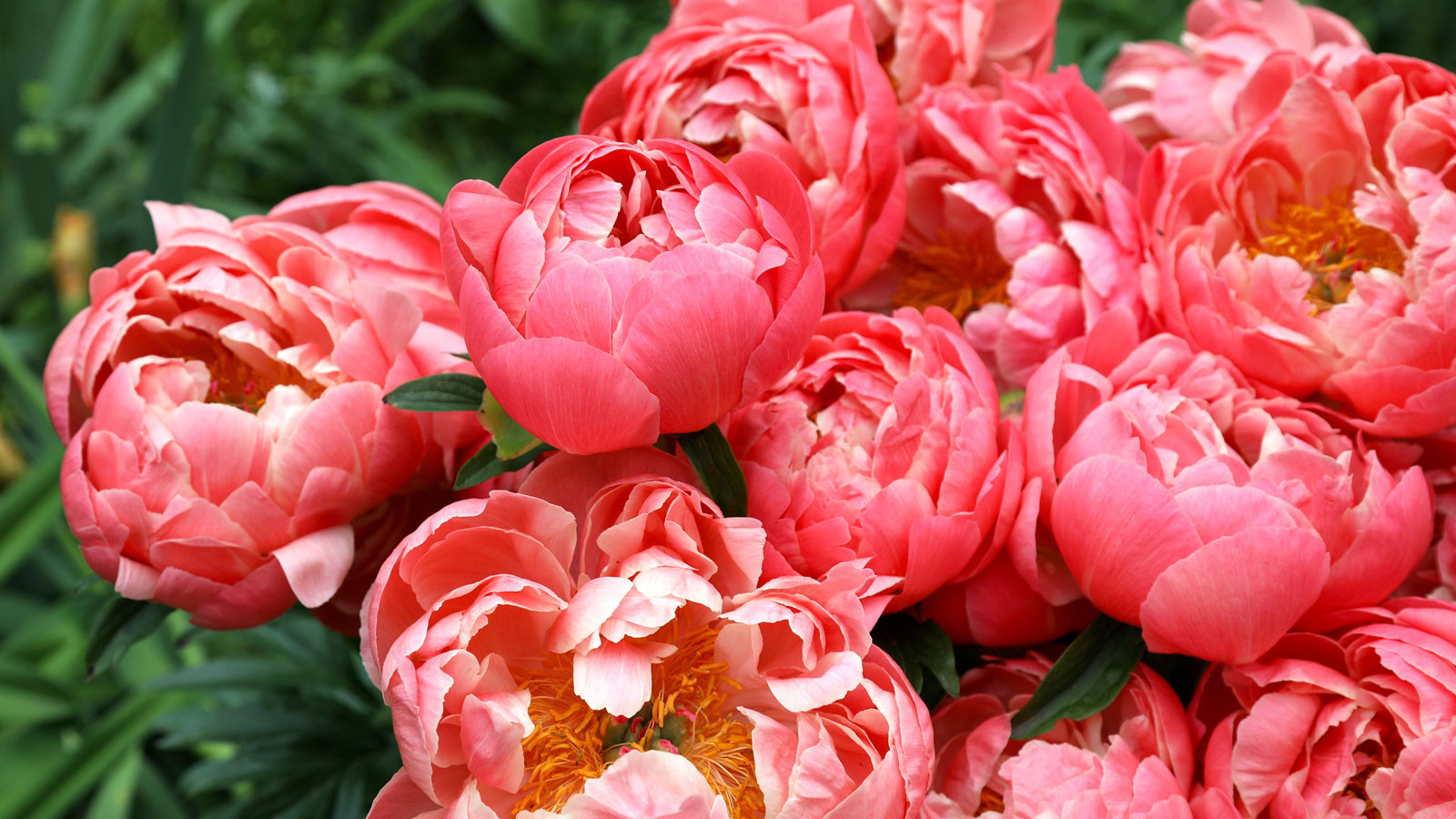

Amy Draiss
Quick Facts:
Botanical name:
Paeonia lactiflora
Height: 24-28in (60-70cm)
Spread: 24-30in (60-75cm)
Sun: Full sun, part shade
Soil: Neutral, slightly acidic
Hardiness: USDA zones 3-8
When to plant: Fall, spring
Flowering: Late spring, early summer
‘Coral Charm’ peony plants are best known for their striking salmon pink tones. These herbaceous peonies are amongst the first flowering shrubs to bloom in late spring and early summer, enchanting with their beauty and abundance. In terms of the best ‘Coral Charm’ peony care, these distinctively tinted peony types are easy to grow once established, thriving for decades with minimum maintenance.
Thanks to their strong stems and generously blessed heads, these peonies are ideal for beds and borders, cottage gardens and cutting gardens, bouquets and romantic floral arrangements. Here’s how to master the relatively modest needs of the ‘Coral Charm’ peony bush, so you can be assured of a profusion of coral perfection for many years to come.

From spring flowering coral tinted azaleas to summer blooming multi-pink panicle hydrangeas, there are shrubs galore in the Gardening Know How Shop.
Caring for 'Coral Charm' Peony
Vibrant ‘Coral Charm’ peony plants are ideal for borders and perennial beds. As with other types of pink peonies, they are especially well-suited to foundation plantings and areas near patios and pathways, where passers-by can enjoy their fragrance and color.
The compact nature of this vibrant peony breed means it also works well in container culture, as long as you choose a large planter and nourish it well. Understanding peony ‘Coral Charm’ care is integral to continued growth, vitality and longevity. Here are the main peony care essentials to get the best from this stylish cultivar:
- Lighting Conditions: Although some peonies do well in shade, a ‘Coral Charm’ peony plant needs to be grown in full, bright sun. Ample light aids the development of buds in spring and encourages a strong floral display. Low light is likely to negatively impact growth.
- Temperature & Humidity: These peonies are praised for their hardiness.You can expect shrubs to overwinter with ease, withstanding cold even in inhospitable climates. Plants also demonstrate an impressive tolerance to heat and humidity. ‘Coral Charm’ can thrive throughout many warm-summer regions.
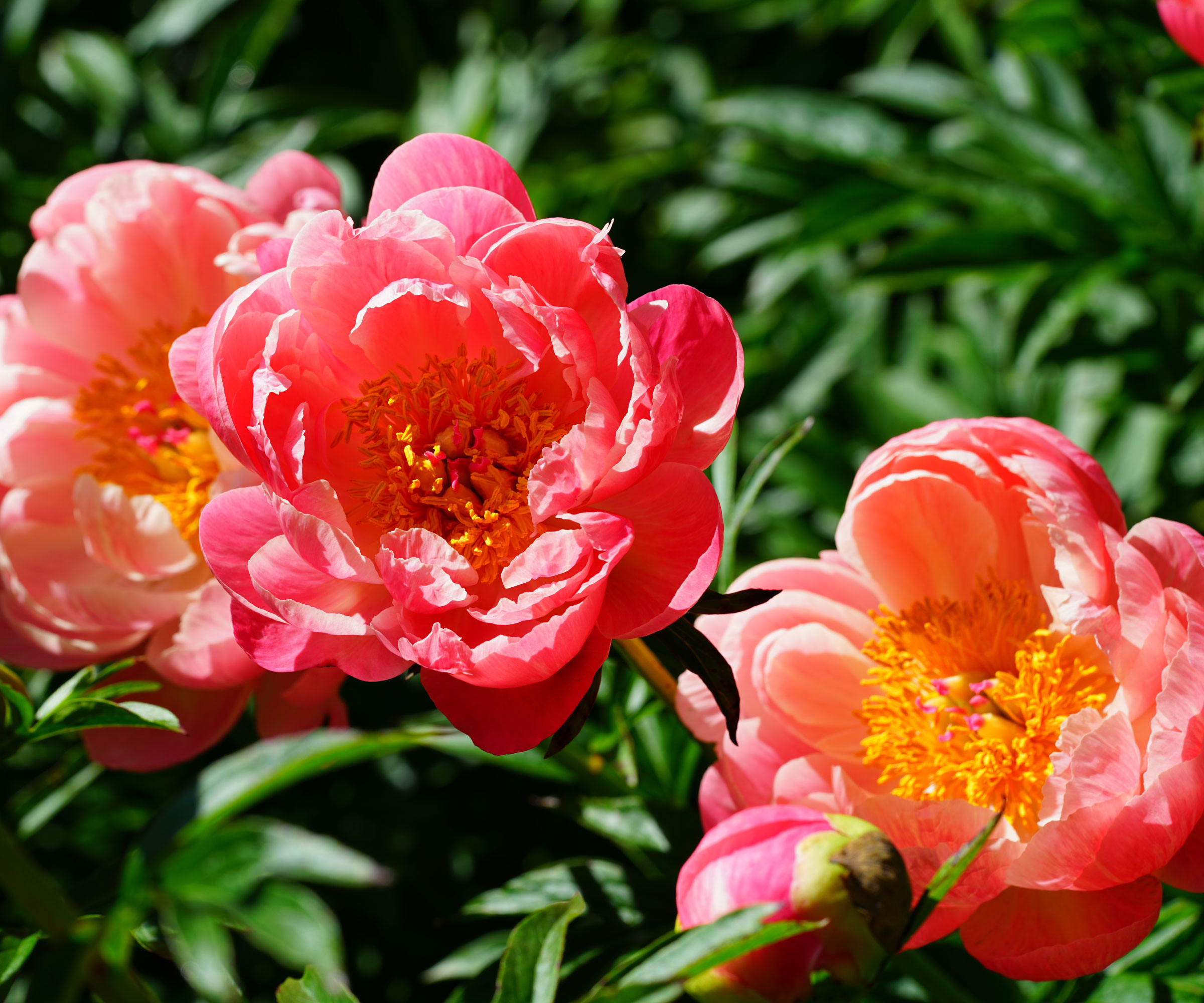
- Watering: Routine watering is an essential part of ‘Coral Charm’ peony care. Well-established plants will survive without supplemental irrigation, but frequent watering helps to promote root growth and encourages blooming. Water peonies deeply and from below, at a rate of around 1in (2.5cm) of liquid a week.
- Fertilizing: A well-timed fertilizer can greatly impact beauty and health before, after and during the peony growing season. Feed with a slow-release general fertilizer in spring, just as foliage emerges from the soil. Bloom boosters or liquid feeds may also be applied through spring, ceasing with the appearance of the plant's first buds.
- Soil & Compost: Grow ‘Coral Charm’ peonies in rich, fertile soil, amended with a quality compost to aid composition and nutrients. Good drainage is also key. Though peonies are well adapted to a variety of soil conditions, those which demonstrate a slight acidity often result in the hardiest shrubs.
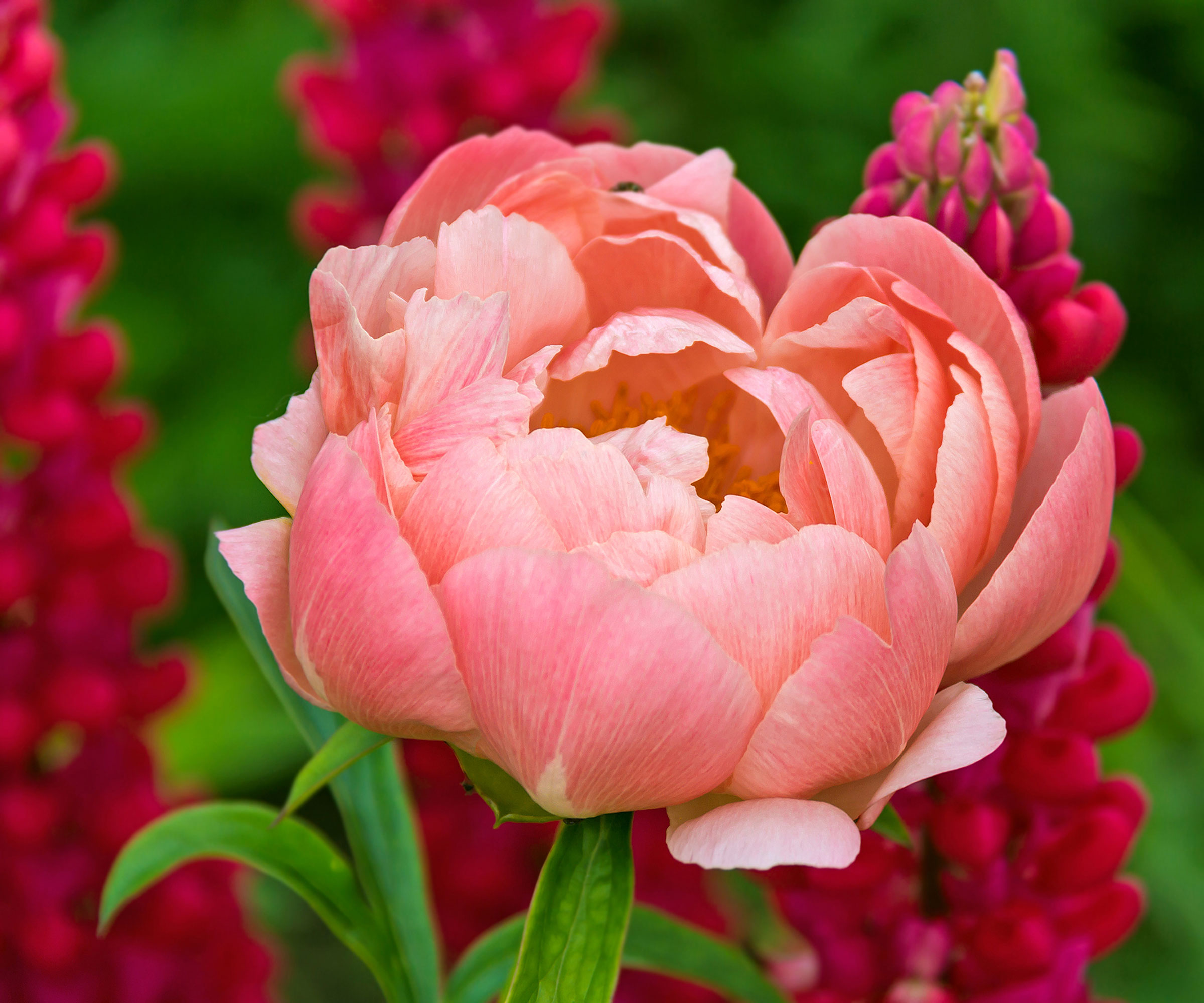
When to Plant 'Coral Charm' Peony
The ideal time to plant ‘Coral Charm’ peony bushes is when conditions are cool. It's best to plant in the fall, several weeks before the arrival of the first frost. This will allow ample time for root development through autumn and into winter. It also means you can hit the ground running for your spring care peony routine when plants start to wake up.
Dormant plants moved into beds in autumn are likely to result in stronger, healthier plants in their first season. Bare roots can be planted in spring, though you can expect a slow rate of growth through the first summer. Continued care is essential with bare root plantings, and routine watering fosters growth and prevents stress.
How to Plant 'Coral Charm' Peony
Peonies are most commonly grown from bare roots, each containing a number of eyes. These can be found at garden centers through early spring and in fall. Prepare the planting site by digging a hole, approximately twice the depth and width of the bare root. Place into amended soil, making certain that each eye remains upwards.
Use a thin layer of your preferred soil medium to cover the eyes, firming the soil around the planting as you do so. Avoid situating the roots too deeply, as this may negatively impact plant growth the following spring. Get the planting and cultivation right, and you can look forward to over 70 years of gorgeous peony blooms.
Gardening tips, videos, info and more delivered right to your inbox!
Sign up for the Gardening Know How newsletter today and receive a free copy of our e-book "How to Grow Delicious Tomatoes".
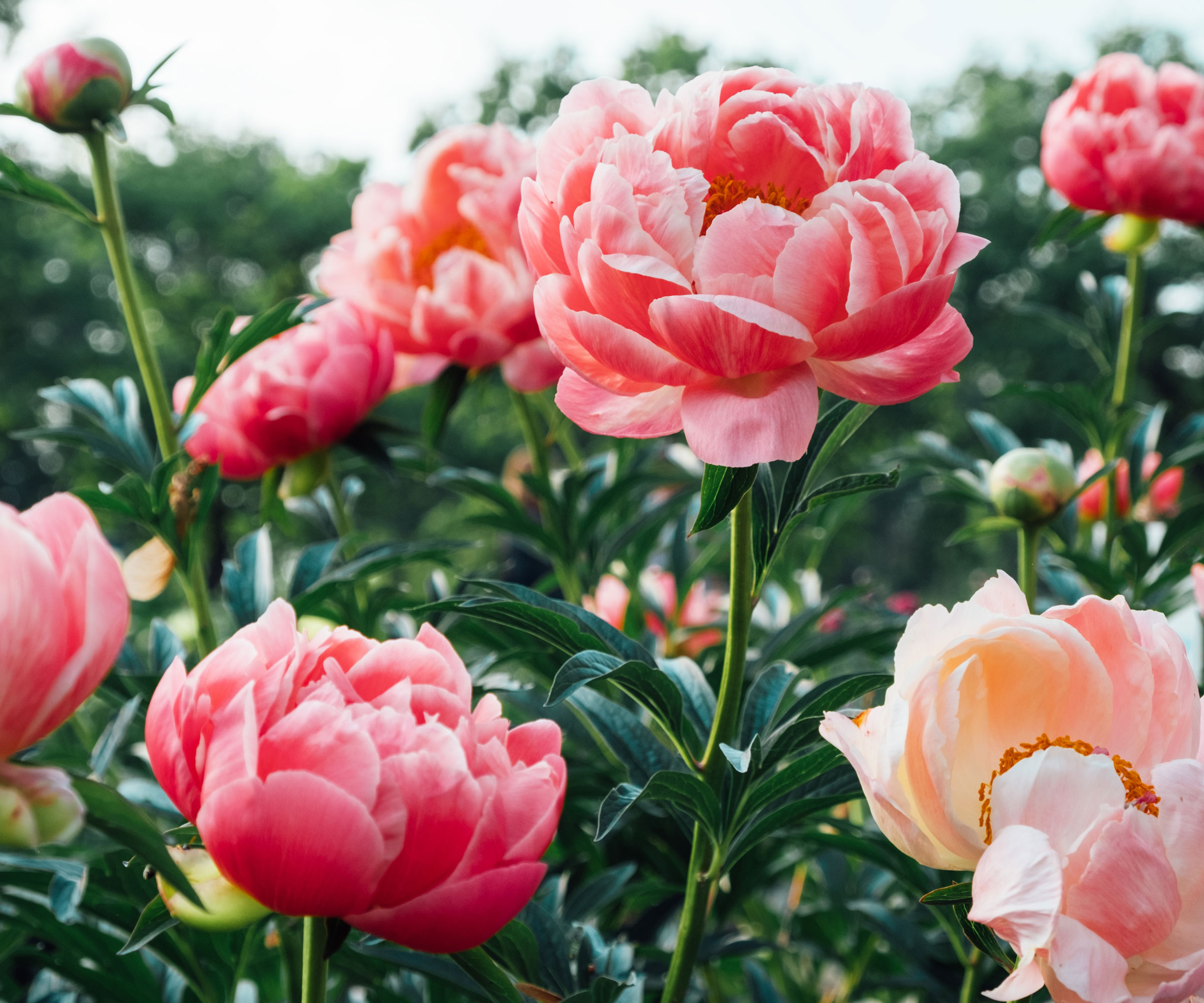
Pruning Your 'Coral Charm' Peony
‘Coral Charm’ peonies benefit from careful pruning. Peony pruning for this cultivar generally begins in summer, when the flower heads of plants need deadheading. The removal of spent or faded flowers during this time will prevent the production of seeds, and help the shrubs divert their energy to continued growth.
Plants also benefit from end-of-season cutting, when dried foliage can be removed back to the ground in preparation for winter.
Peony Problems, Pests & Diseases
Though peony diseases and pests only seldom result in their loss, problems with the plant can severely impact their appearance. Fungal infections such as blight or leaf spot can be most troublesome. These are most likely to occur where growing conditions are damp and air flow is poor. Ensure you avoid poor drainage or air circulation to prevent disease.
Aphids, mealybugs and other pests are also likely. Try to keep a close eye on plants, check regularly and manage pest numbers with regular applications of an organic spray or diluted soap.
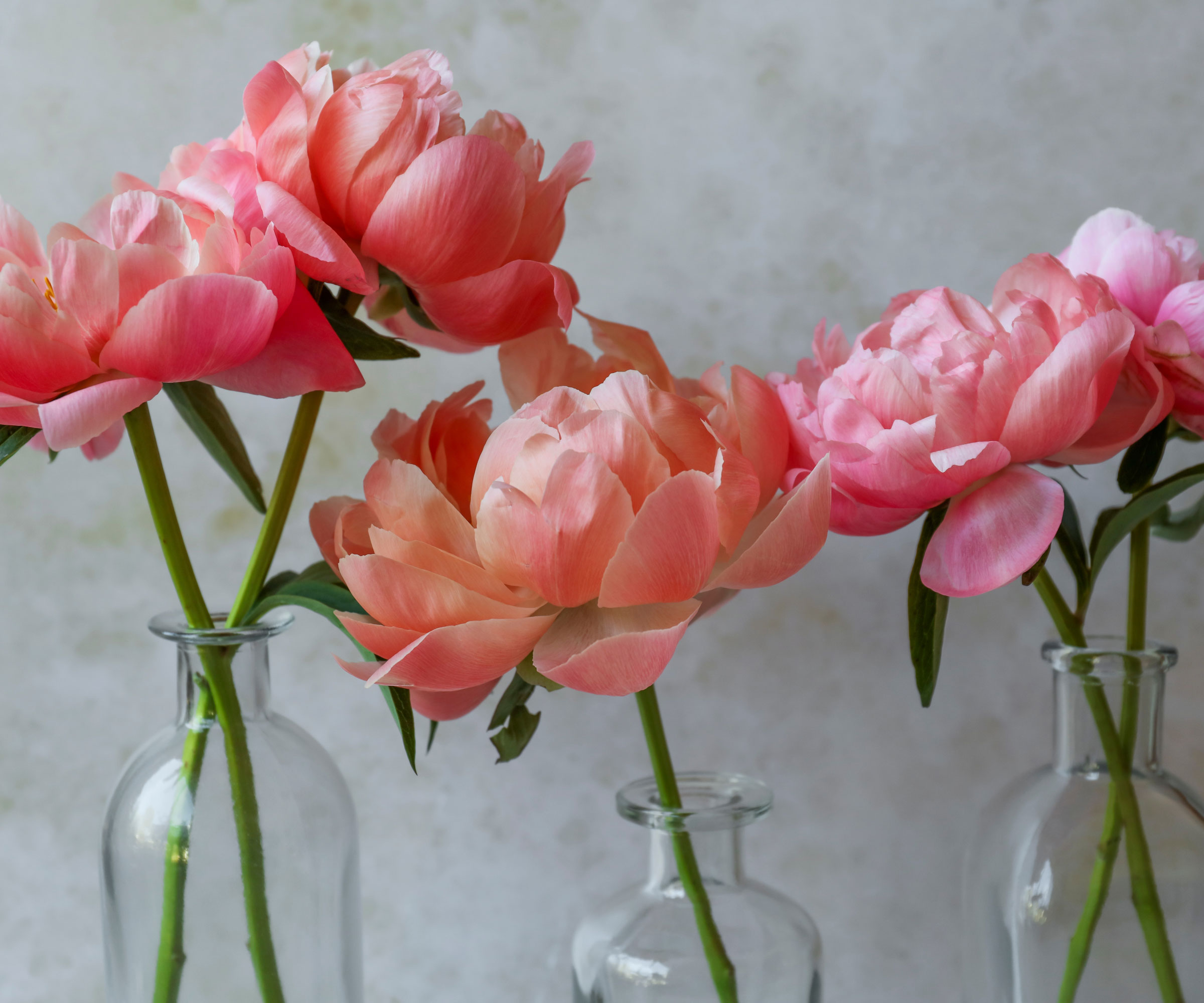
Propagating 'Coral Charm' Peonies
Though it is possible to take root cuttings of your peony, propagation by division is the most popular method. After your ‘Coral Charm’ peony season is over, dormant plants can be lifted from growing beds. Excess soil is then removed from the roots. Cut apart the ball, dividing the eyes into new plants. Replant roots back into the garden immediately.
Alternatively, you can plant peonies in individual containers. Peonies may also be grown from seed, although resultant plants will differ from their parents in terms of their traits and characteristics.
Frequently Asked Questions
How long do 'Coral Charm' peonies last?
Though ‘Coral Charm’ peony season will vary by region, you can expect plants to begin blooming from late spring through early summer. Their flowering period will generally span several weeks, with each bloom lasting for anything between a week to 10 days.
How big do 'Coral Charm' peonies get?
‘Coral Charm’ peony size depends upon conditions for growth. Most shrubs remain relatively compact, reaching 28in (70cm) in height. Established plants may grow larger, flourishing where they are allowed ample light and moisture throughout summer.
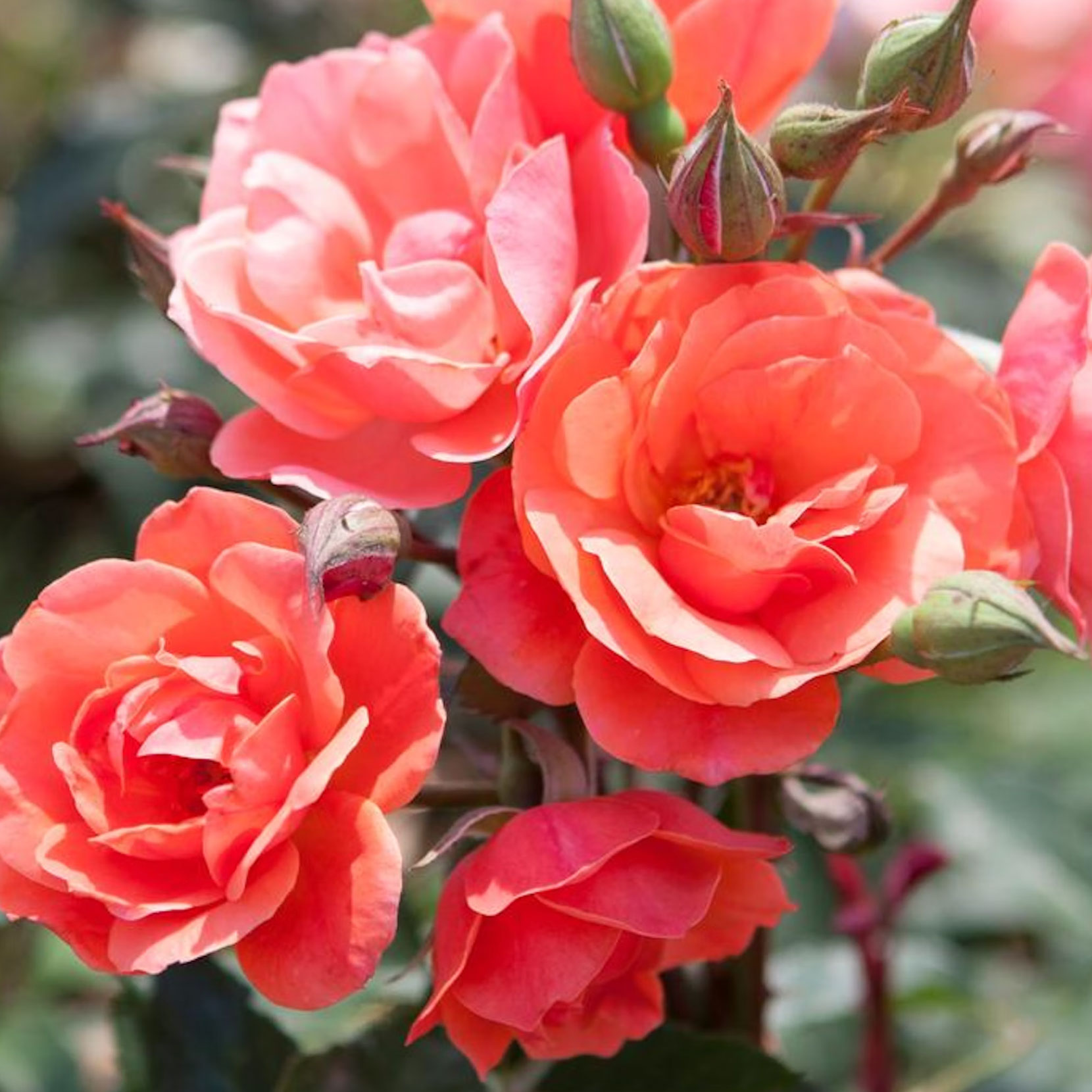
Add another hearty splash of salmon pink perfection to your borders with the Coral Knockout Rose by Green Promise Farms. Buy in the Gardening Know How Shop.
More Exquisite Flowering Shrub Ideas
- Why stop at peonies if you’re longing for endless sunny days filled with bobbing floral symphonies? Grow the 10 best flowering bushes in your yards, patios and potted gardens.
- There’s no need to wait for summer if you’re looking for some of the earliest and most sensational spring florals. Grow these spectacular spring flowering bushes for some of the most vibrant warm-up acts in the gardening calendar.
- Looking for a little razzle-dazzle in your blooming bushes but not sure which shade is best? Go elegant and ultra bright with white flowering shrubs – guaranteed to ramp up the wow factor in your yard.
- If you adore the heady fragrance of peonies, it’s time to make some room in your backyard for roses. Browse the fabulously fragrant selection of roses in the Gardening Know How Shop for climbers, shrubs and hybrids galore.
This article features products available from third party vendors on the Gardening Know How Shop. Keep in mind that our plant inventory is limited - so if you’re thinking of purchasing, don’t wait!

Tonya Barnett has been gardening for 13 years. Flowers are her passion. She has transformed her backyard into a cut flower garden, which she regularly chronicles on her YouTube channel http://www.youtube.com/@tonyawiththeflowers.
- Amy DraissDigital Community Manager